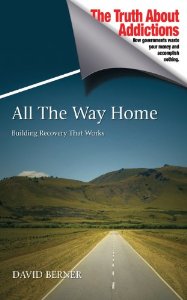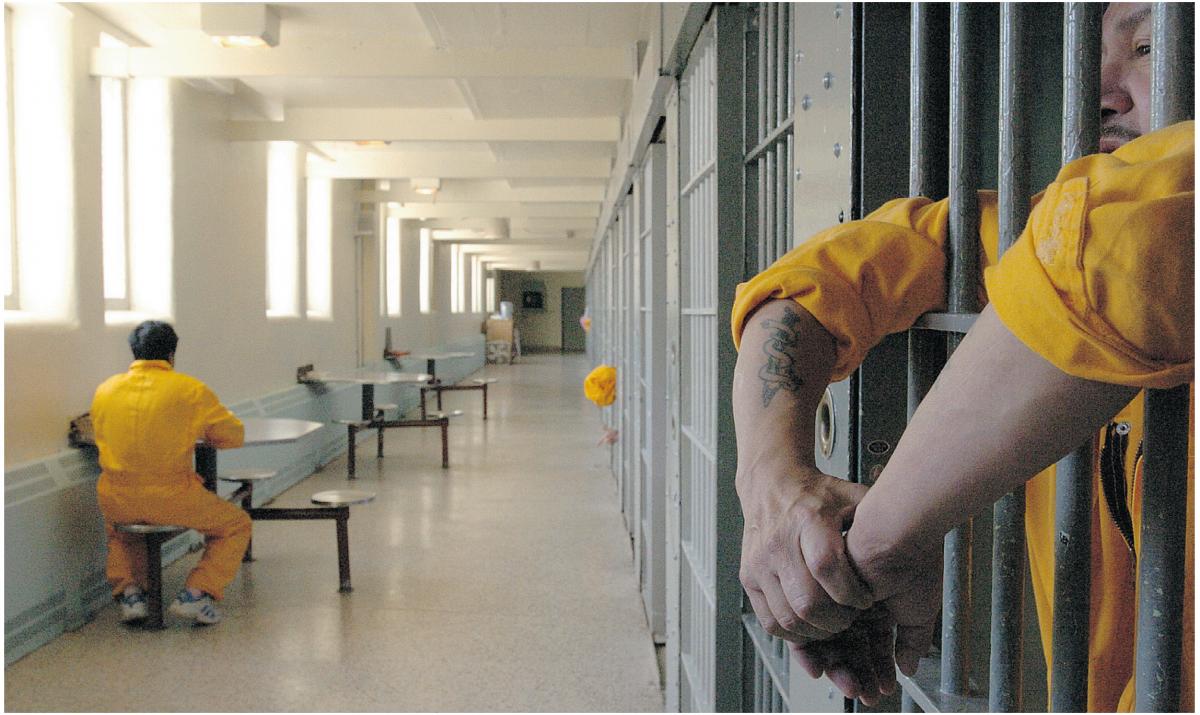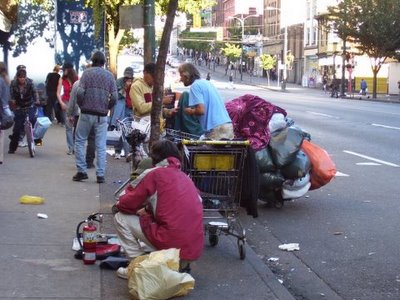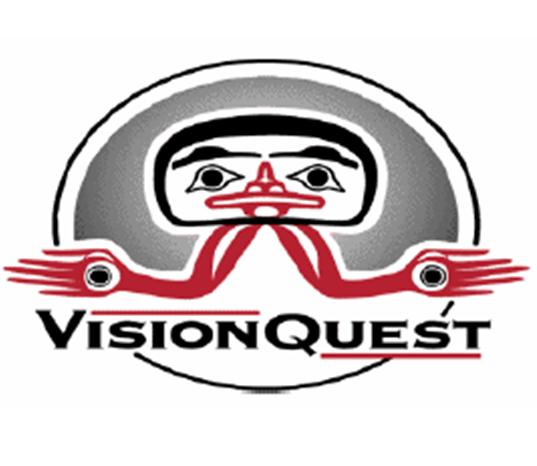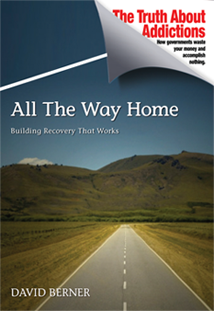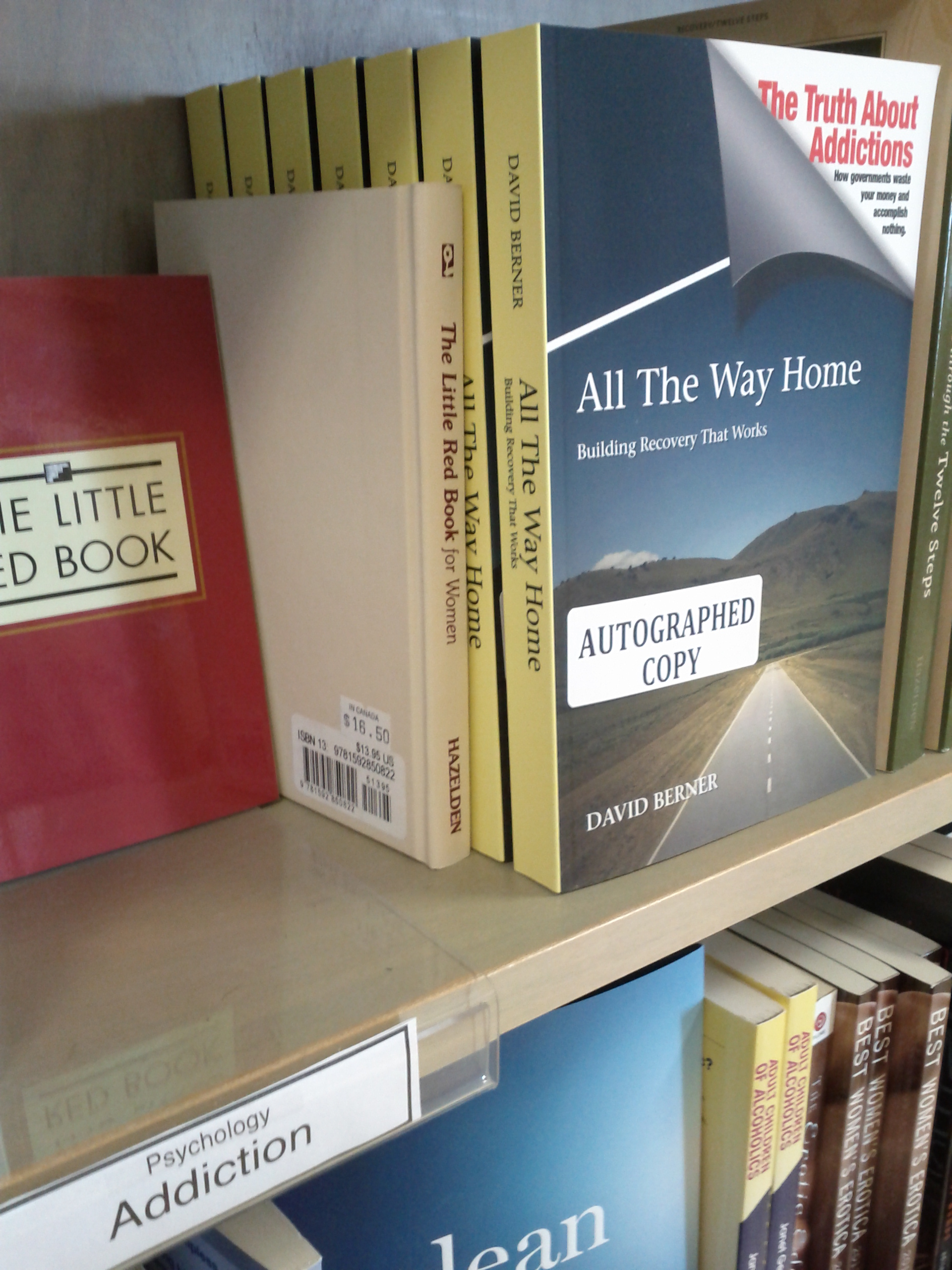
PART ONE: WRITING
A friend of mine urged me to get it all down on paper.
Like many others, he had endured my telling these war stories over countless meals, cappuccinos, walks along the shore and drives to nearby escapes.
Of course, I had a great collection of amusing anecdotes from my years in broadcasting and show business. Ginger Rogers dancing down the circular staircase to fix the bandage on my forehead. Tony Bennett falling in love with the design of my Sony tape recorder. Carol Channing holding my hand and singing directly into my face, “Take your left hand in my right hand – Look you’re dancing!” Perhaps one day, that would be another book. Certainly, there was enough juicy material.
But the stories that really held sway and the stories that I compulsively could hardly stop telling were of a different time and place and a different me.
Addictions. Not mine. Everybody else’s.
These were little round moments from a life lived passionately and intensely and often wrong and oh so right almost 50 years ago.
David, little Jewish boy from North End Winnipeg, comes to Vancouver, horses around for a few years and then, knowing nothing, having no training and no guidelines, builds a residential treatment centre for heroin addicts, alcoholics, potheads, LSD brain-crashers, counter-culture warriors, ex-cons and others. The enterprise goes from three guys and $130 dollars in four years to 125 people in residence, houses, cars, trucks and five profitable businesses all run by junkies. It’s a true story. No kidding. The place spores off into Winnipeg, and, forty plus tears later, it’s still cooking away with 136 men, women and children getting clean and sober, reclaiming their lost lives.
So almost anything in conversation triggers the memory of one of the comic, gruesome, enthralling, inspiring, sweet moments from this tale and there I am once again compulsively telling these tales.
O.K., Bob. You’re right. I should get off my ass and tell this tale once and for all.
So, six years ago I rent an ultra-modern jazzy little flat above the Johnston Street Bridge in Victoria and settle in for two weeks. Very disciplined, very focused. Up at eight, ball cap, jacket, walk to the corner grocer, pick up the Sun, come back, camomile tea, lemon and honey, read the paper, write, post and email out my blog. Full-on breakfast. Then, three hours at the computer. Stop. Bike, swim or walk. Shower, shave, doll up, cafe on the street. Yeah! At the end of two weeks, I’ve got 130 pages of basic story line. This happened, I did, we did, she said, then…
But here is the hysterical irony of this exercise. The apartment is in an expensive new building in a downtown location right on the water. Beauty, yes? Well, not entirely. Turns out, we are directly above the local heroin-methadone clinic hang-out shooting gallery. So the good folks, who form the pleasant gauntlet through which I must walk every morning to get my paper, use the base of my apartment building and the thin cover of bushes that adorn it for just above everything. They shit, piss and sleep there. They shoot up and get down and I’m sure exchange the occasional precious bodily fluids. Lovely.
My two weeks being up, I head back to my regular life in Vancouver. Now, I add to my routines the visit at least twice a week to a noisy busy cafe for more writing. I already have a big laptop at home on my desk, but now I invest in a small laptop and can’t wait to order my cappuccino and muffin and sink into the folds of bad music and goofy conversation all around me. Way better than silence! It energizes me. I’m in my 60’s and I’m boppin’!
The next year, I return to Victoria, but instead of nesting above the ground-up Ground Creatures, I rent a darling little old cottage half a block off Dallas Road, possibly one of the most beautiful streets in the Americas. Every day, regardless of weather, hordes of people walk and ride their bikes and exercise their dogs along the Cliffside trails, admiring the open vistas of Juan de Fuca Strait. At the end of another two weeks, I have some sort of thing resembling a book of about 200 plus pages.
I find an editor. She reads it and makes suggestions. I like half of them and incorporate them. I pay her.
Back home and work and play and the welcome madness of the cafes.
One year, I am writing in Venice, Italy. One year, I have my friend’s hand built log house of Salt Spring Island. It is summer. I do my Tai Chi every morning stark blessed naked on the front meadow.
Going to these temporary homes, I am like a small army advance unit. I know exactly what I have to do for optimum performance and concentration. Scope out the best local market, fruit, veggies, breads. Stock up on basics. Turn the TV head on to the most comfy armchair. Figure out the local channels. Make sure we never run out of popcorn. Position the writing table for top productivity. Get up at least once an hour and walk around, stretch, refill the tea mug or get a pear. Philip Roth says he discovered he liked writing long hand and standing up and never changed. I like it. I get it. Graham Greene had his legendary 500 words every morning.
Soon – try four or five years – I have close to 300 pages and Draft 6.
I start sending these versions out to publishers. More about that in the next installment.
In the end – the end being when the book is finally published – I have written nine drafts! And that doesn’t count the constant and relentless tinkering. Oh, what about that moment? Oh, forget that guy; he doesn’t deserve that paragraph.
330 some pages.
Who knew? Now at least I have some idea of what writing a book means. It is glory and torture. It is huge fun and agony. It is hard work and good work.
I am very proud of what I have done with this book.
I like it.
Next week, PART TWO: PUBLISHING
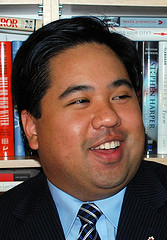 is the piece I did with him over the weekend on my book.
is the piece I did with him over the weekend on my book.
